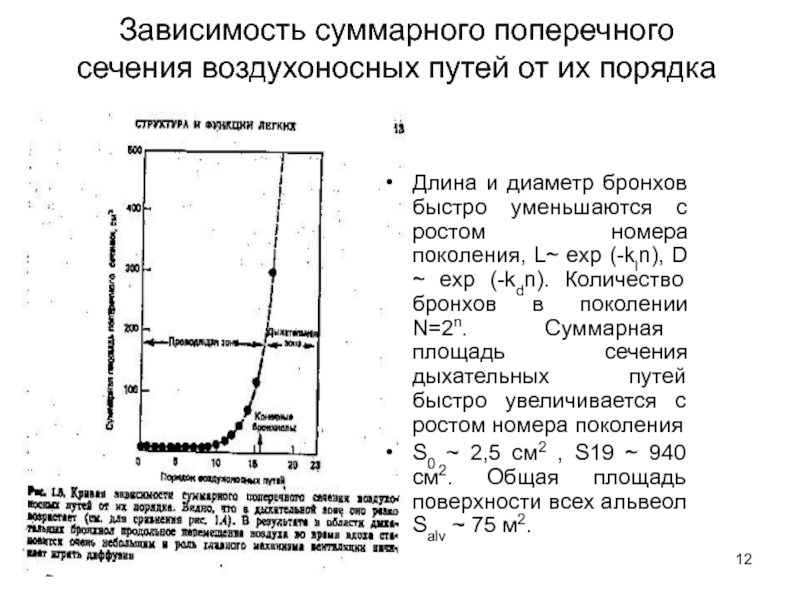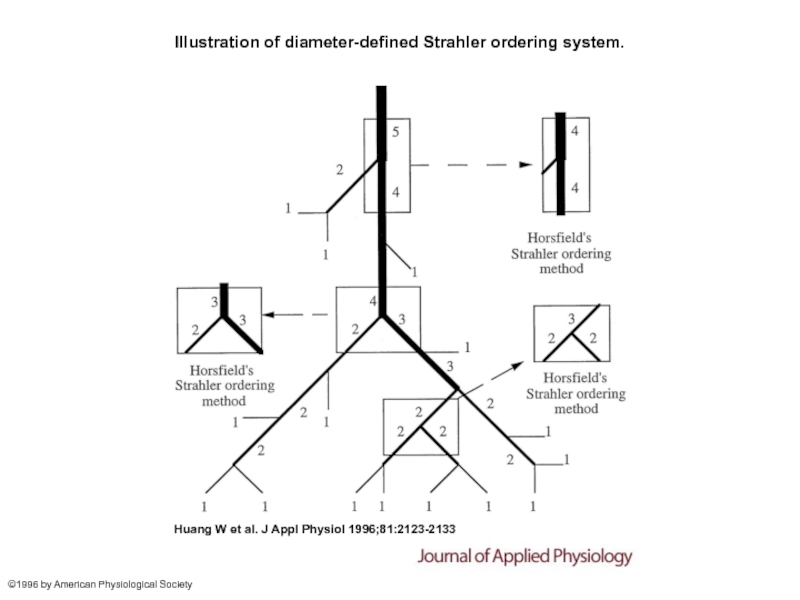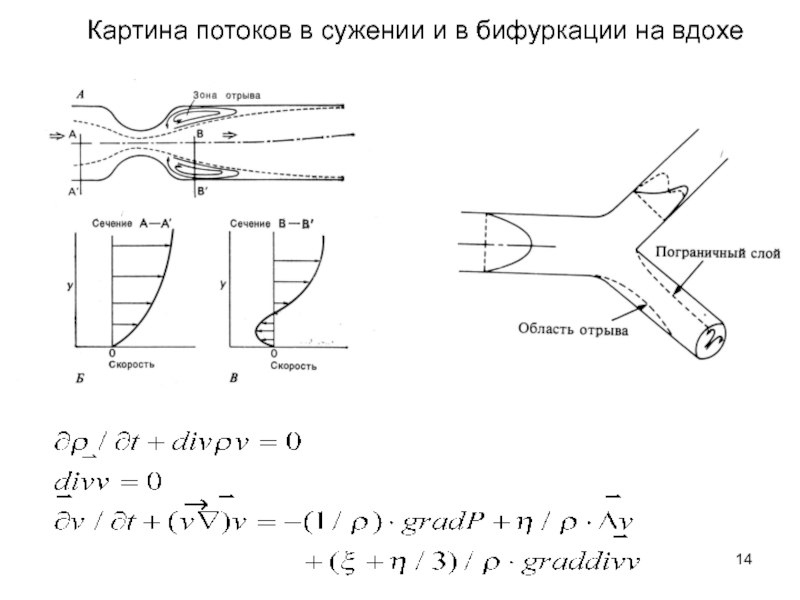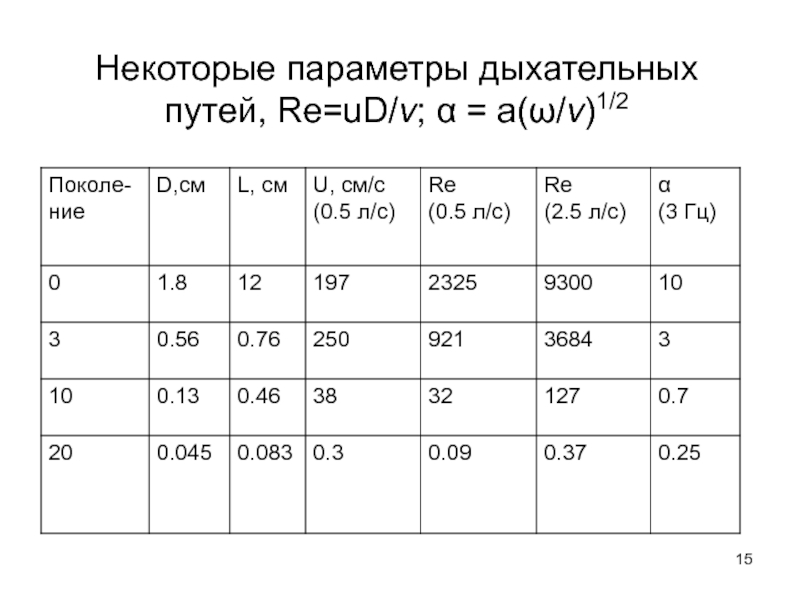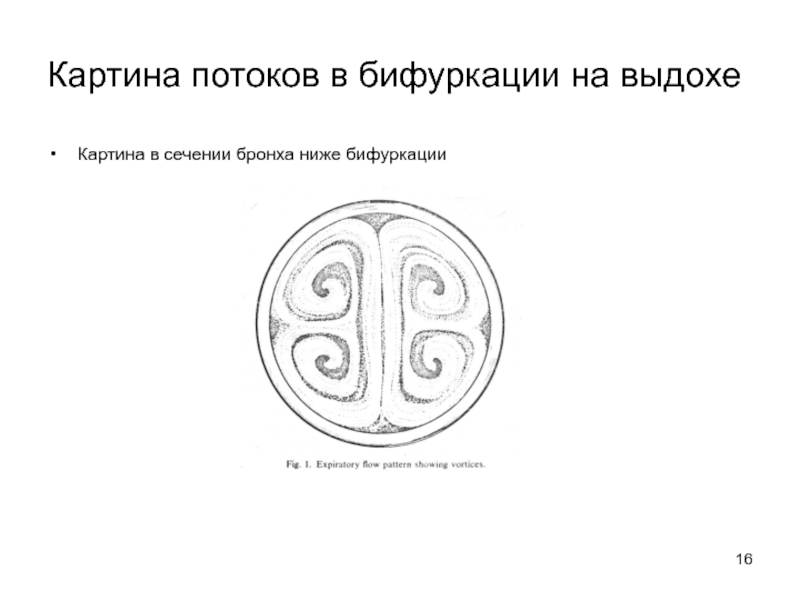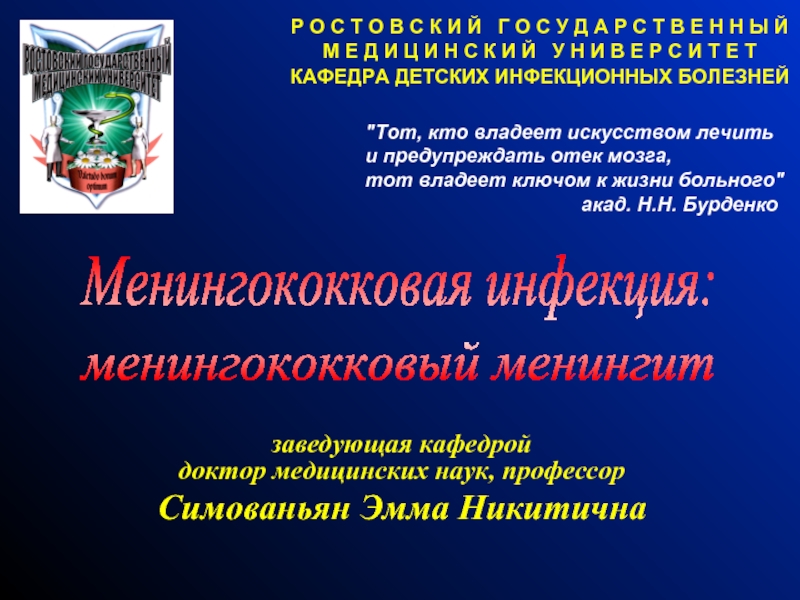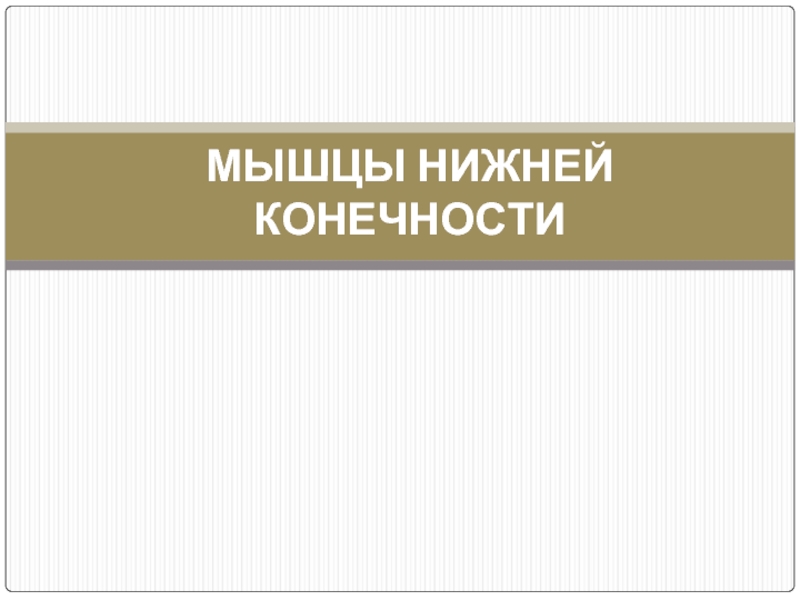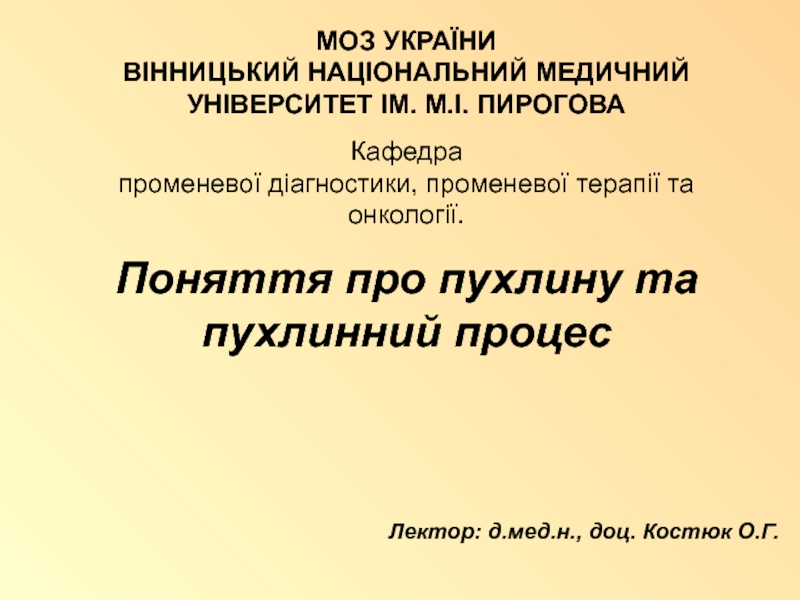- Главная
- Разное
- Дизайн
- Бизнес и предпринимательство
- Аналитика
- Образование
- Развлечения
- Красота и здоровье
- Финансы
- Государство
- Путешествия
- Спорт
- Недвижимость
- Армия
- Графика
- Культурология
- Еда и кулинария
- Лингвистика
- Английский язык
- Астрономия
- Алгебра
- Биология
- География
- Детские презентации
- Информатика
- История
- Литература
- Маркетинг
- Математика
- Медицина
- Менеджмент
- Музыка
- МХК
- Немецкий язык
- ОБЖ
- Обществознание
- Окружающий мир
- Педагогика
- Русский язык
- Технология
- Физика
- Философия
- Химия
- Шаблоны, картинки для презентаций
- Экология
- Экономика
- Юриспруденция
Функции и строение легких, механика дыхания презентация
Содержание
- 1. Функции и строение легких, механика дыхания
- 2. Строение системы дыхания В механике дыхания в
- 3. Легкие Слева – И.
- 4. Легкие, функции легких, геометрия, морфометрия Легкие –
- 5. Дыхательные мышцы и дыхательные движения Вдох
- 6. Легочные объемы ЖЕЛ (л)= 5,2 *
- 7. Морфометрия André F. Cournand в 1959 г.
- 8. . Weibel E R et al. J
- 9. . Weibel E R et al. J
- 10. Слепок дерева воздухоносных путей человека
- 11. Модель правильного симметричного дихотомического ветвления дыхательных путей
- 12. Зависимость суммарного поперечного сечения воздухоносных путей от
- 13. Illustration of diameter-defined Strahler ordering system. Huang
- 14. Картина потоков в сужении и в бифуркации на вдохе
- 15. Некоторые параметры дыхательных путей, Re=uD/ν; α = a(ω/ν)1/2
- 16. Картина потоков в бифуркации на выдохе Картина в сечении бронха ниже бифуркации
Слайд 1Лекция 3 Функции и строение легких, механика дыхания Основная функция системы дыхания –
Слайд 2Строение системы дыхания
В механике дыхания в течение длительного времени легкие рассматривали
В действительности легкие являются негомогенным пространственно протяженным объектом. Они состоят из дерева ветвящихся податливых воздухоносных путей и дыхательной ткани - легочной паренхимы.
Слайд 3Легкие
Слева – И. Ранке. Человек //С.Петербург, 1904: в общих чертах
Справа: микроструктура легких, изучена позже.
Функции и механика дыхания – со второй половины 20 века.
Слайд 4Легкие, функции легких, геометрия, морфометрия
Легкие – уникальная структура: самый большой по
Математические модели геометрии структуры легких очень важны для понимания связи между Структурой и Функцией легких.
Количественные данные о строении, структуре легких дает морфометрия легких.
Слайд 5Дыхательные мышцы и дыхательные движения
Вдох
Существуют два механизма, вызывающие расширение грудной
реберный (грудной) и брюшной типы дыхания
периметрические датчики в виде эластичного пояса (Гагарин)
спокойном дыхании вдох почти на 90% обеспечивается за счет сокращения диафрагмы
К инспираторным мышцам грудной клетки относятся наружные межреберные мышцы
Выдох
мышцы передней брюшной стенки + внутренние межреберные мышцы
Слайд 7Морфометрия
André F. Cournand в 1959 г. пригласил Швейцарского анатома и морфолога
André F. Cournand и Dickinson W. Richards, получили в 1956 г. Нобелевскую премию по физиологии за фундаментальные работы по легочному кровообращению.
+
Кардиолог и математик Доминго М. Гомез, получил приют у André F. Cournand после бегства в США от кубинской революции Фиделя Кастро
Они разработали методы анализа и по плоским срезам восстановили пространственную картину структуры легких.
Первая крупная работа по геометрии с применением мат.методов –
Weibel ER. Morphometry of the Human Lung. Springer Verlag and Academic Press, Heidelberg-New York 1963.
Е. Вейбель - «Морфометрия легких человека» - М., 1970.
Способствовало появлению новых применений математики в биологии.
Стереология – наука о том, как по плоским срезам восстановить пространственную картину с учетом нерегулярностей структуры. .
Применение фракталов в биологии и медицине.
2005
Ewald R. Weibel
Слайд 8.
Weibel E R et al. J Appl Physiol 2007;102:459-467
©2007 by American
Слева – структура с общим объемом V(R) содержит частицы х, имеющие объем V(x)и поверхность S(x), а также линейные элементы y с длиной L(y). Объем разрезан случайным образом.
Справа – срез A(R)·. Профили x характеризуются площадью A(x) и границей B(x), элементы у проявляются малыми срезами Q(y).
The reference space is represented by the section area A(R). Applying a coherent stereological test grid (ALP-sector) with test points PT = 16, test lines LT = PT·2d, and test area AT = PT·d2 to the section allows one to assess volume, surface, and length densities per unit volume from point hits P(x) (marked by squares), intersection counts I(x) (arrowheads), and transect counts Q(y) (short arrows), whereby the reference area is estimated by the number of test points included in the section profile P(R), i.e., excluding the points falling outside (marked by triangle). In this example P(R) = 15; the actual test area is A(R) = P(R)·d2, and the length of test line included in the sample is L(R) = P(R)·2d. Using a second parallel section a distance t apart and the counting frame with area A(R) (disector), the numerical density of particles per unit volume can be assessed from counting particle tops Q–(x) in the disector volume A(R)·t.
Слайд 9.
Weibel E R et al. J Appl Physiol 2007;102:459-467
©2007 by American
Каскады срезов для стереологии
Слайд 11Модель правильного симметричного дихотомического ветвления дыхательных путей человека
[Вейбель Р., 1970]
Модель Вейбеля (симметричное дихотомическое ветвление)
Модели несимметричного ветвления (Хорсфилд, Камминг)
Проводящая зона – поколения 0-16 – без альвеол
Переходная зона – поколения 17-19 - часть поверхности покрыта альвеолами
Газообменная зона – поколения 20-23 – вся поверхность покрыта альвеолами
23-е поколение – альвеолярные ходы
Слайд 12Зависимость суммарного поперечного сечения воздухоносных путей от их порядка
Длина и
S0 ~ 2,5 см2 , S19 ~ 940 cм2. Общая площадь поверхности всех альвеол Salv ~ 75 м2.
Слайд 13Illustration of diameter-defined Strahler ordering system.
Huang W et al. J Appl
©1996 by American Physiological Society


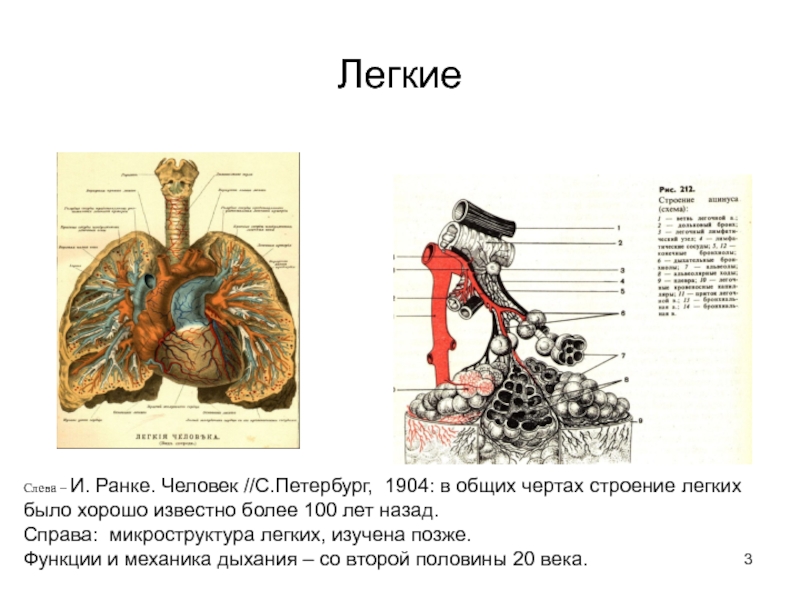
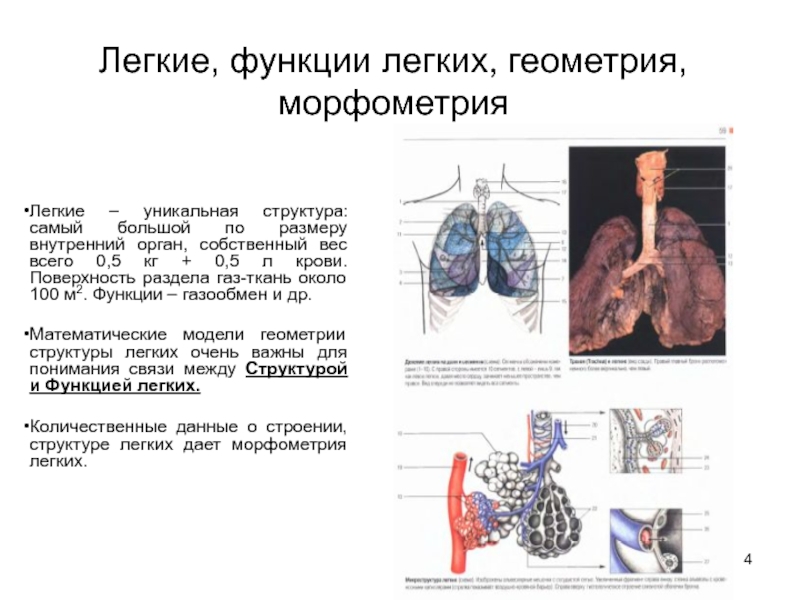
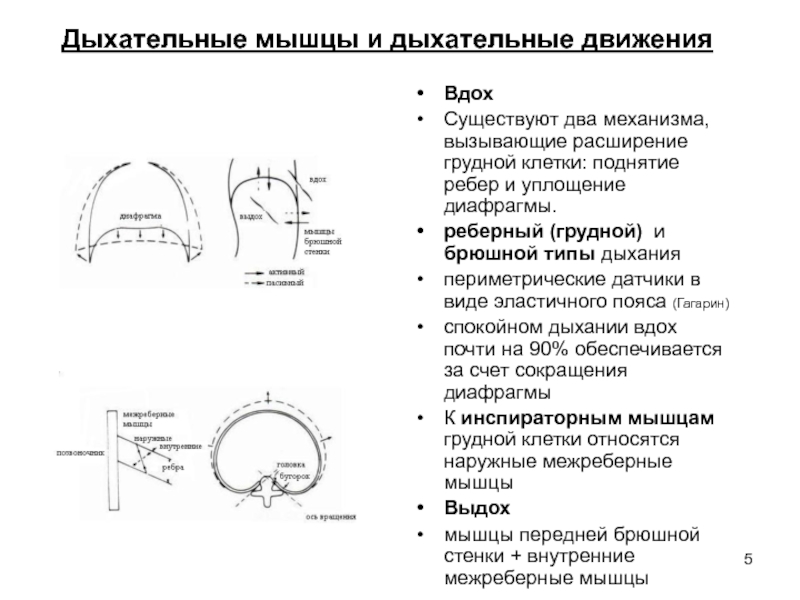
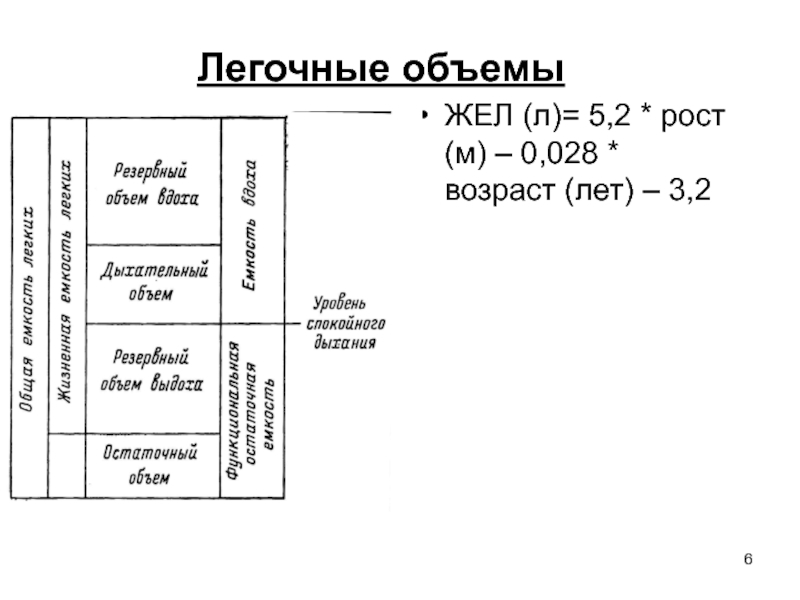
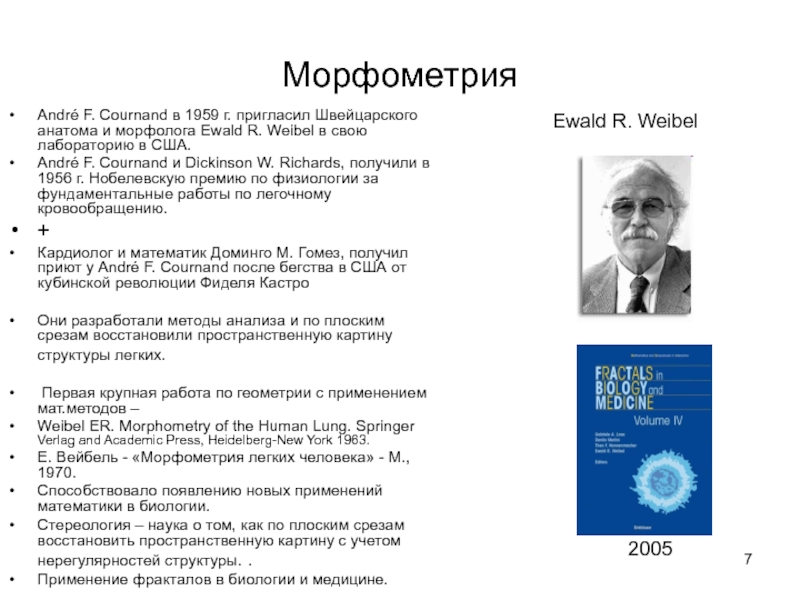

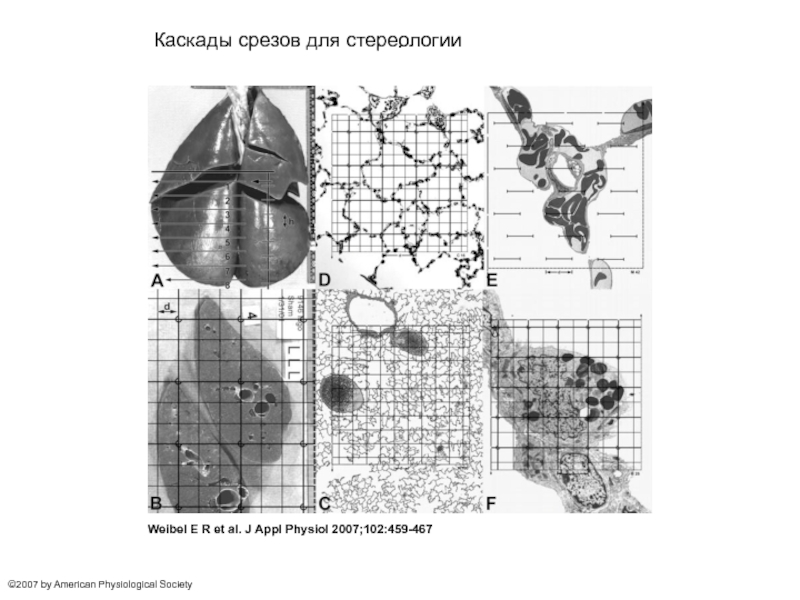
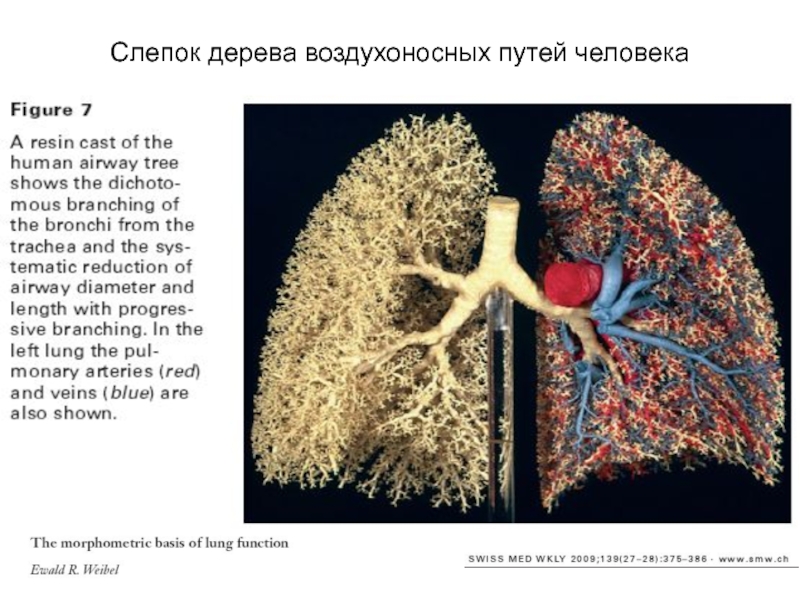
![Модель правильного симметричного дихотомического ветвления дыхательных путей человека [Вейбель Р., 1970] Верхние дыхательные пути:](/img/tmb/4/343108/bd8148e2fa4b11d8827509243f5b85f8-800x.jpg)
